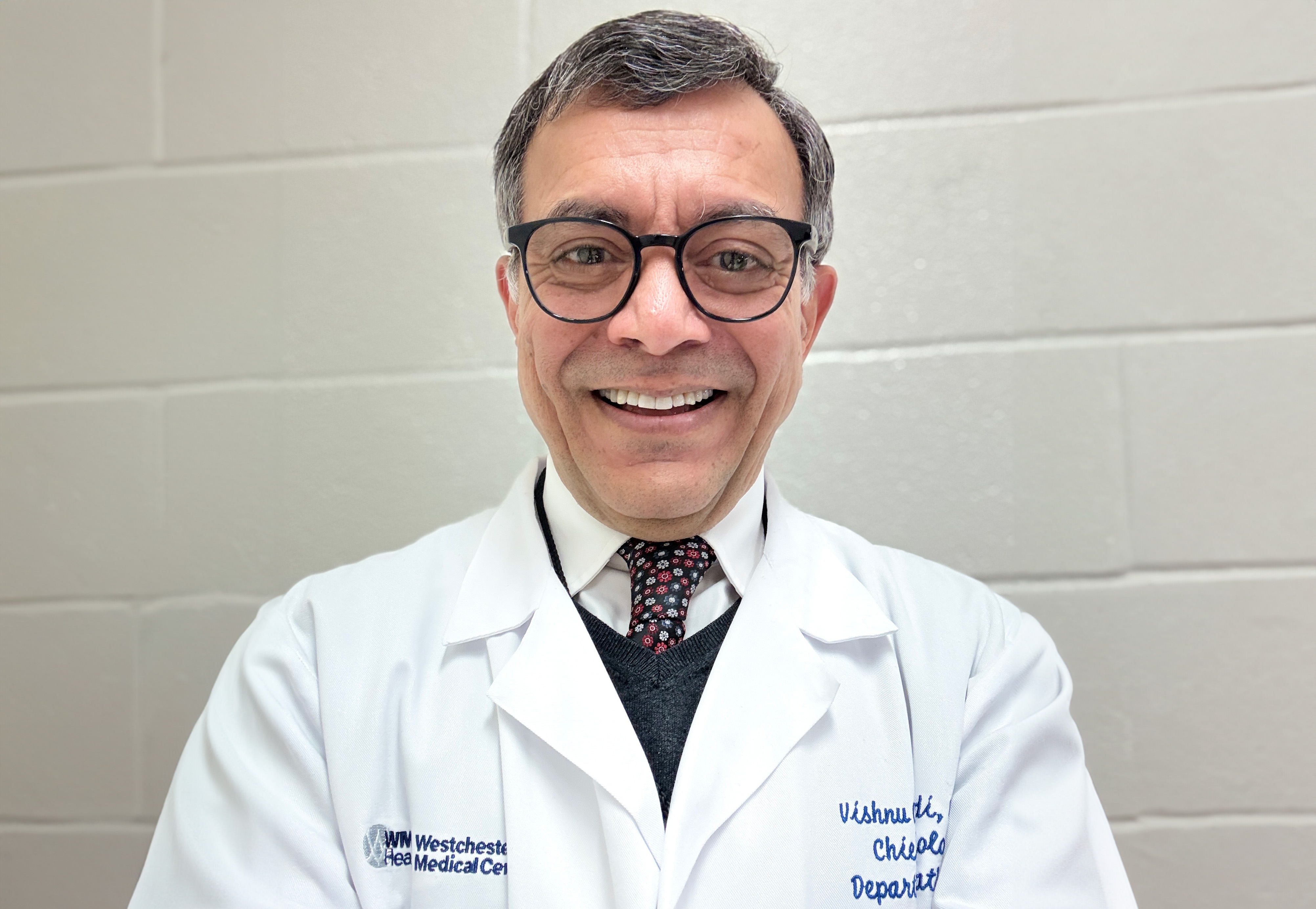
New Study Unravels the Spread of Candida auris
Vigilant Screening and Infection-control Strategies by Health Care Facilities Are Key to Curbing Spread of the Drug-Resistant Fungal Pathogen

In just a decade, the drug-resistant fungal pathogen Candida auris (C. auris) has emerged as one of the most formidable threats to health care settings worldwide. Nowhere in the United States is this threat more pronounced than the New York-New Jersey (NY-NJ) metro area, which accounts for nearly 20 percent of the nation’s cases. A recent study published in Microbiology Spectrum by researchers at New York Medical College uncovered surprising connections between the initial spread of the pathogen, international travel, and local health care networks, adding an extra dimension to understanding how drug-resistant bugs spread around the globe.
“New York City is a major U.S. hub for international passengers, including those from South Asia, where the superbug C. auris is widely prevalent,” says Vishnu Chaturvedi, Ph.D., professor of pathology, microbiology, and immunology. “The U.S. outbreak of C. auris in 2016 or a few years earlier occurred during increasing travel and trade with South Asia. Interestingly, the resumption of travel following the COVID-19 pandemic has coincided with a further rise in cases. However, local mobility networks within hospitals and extended stay health care facilities remain critical factors in the pathogen’s spread.”
C. auris can cause a variety of symptoms, including fever, chills, lethargy, and pain. For the study, the researchers used a Monte Carlo simulation model to evaluate whether the patterns of C. auris cases were more consistent with the proportion of travelers from South Asia, the overall U.S. population, the number of hospitals, or the proportion of travelers from any foreign country.
“Our findings supported our theory that the introduction of C. auris to the NY-NJ area was not due to random chance but was closely linked to travel networks,” says Dr. Chaturvedi.
When considering the impact on patient care, Dr. Chaturvedi emphasized the need for hospital-wide efforts to monitor patients and their environments actively and vigorously screen new patients to help control the spread of C. auris. “Specialized laboratory testing is key for the timely detection of C. auris patients,” he notes. “By combining vigilant monitoring with robust infection-control strategies, health care facilities can take meaningful steps to curb the spread of this dangerous pathogen.”

